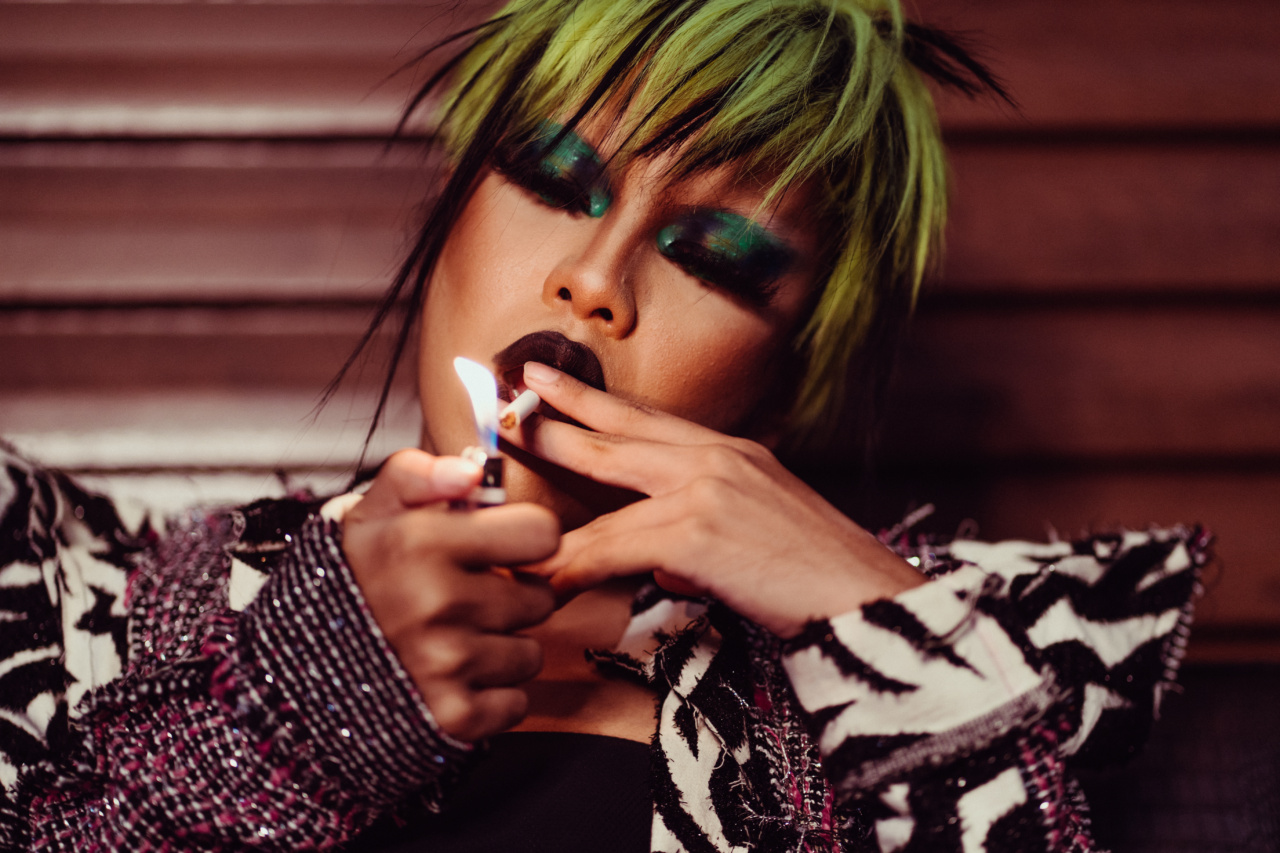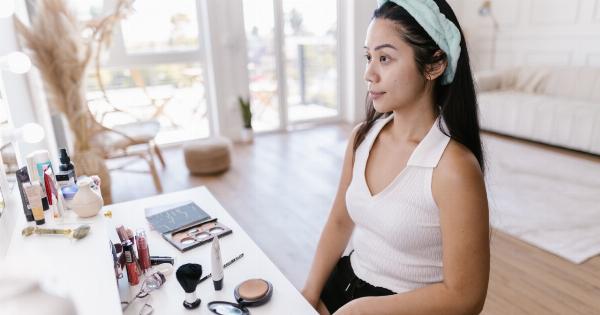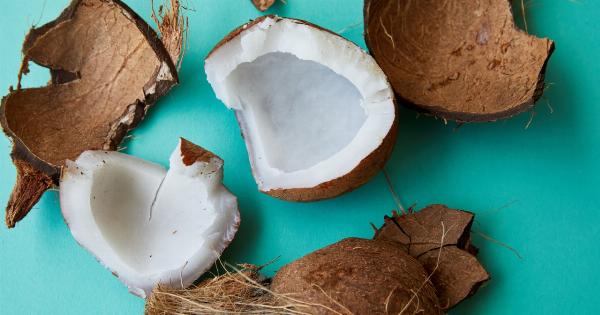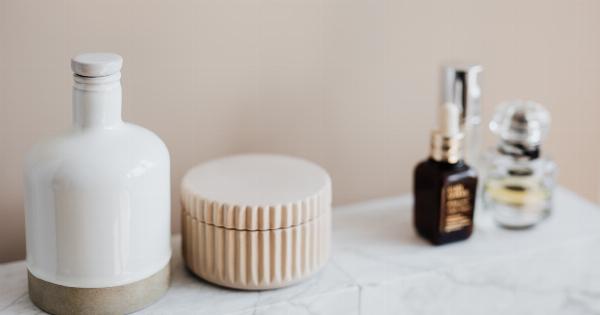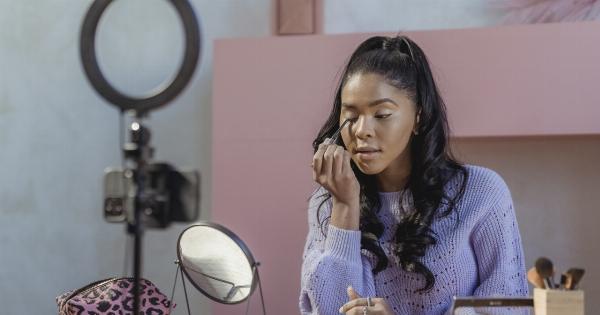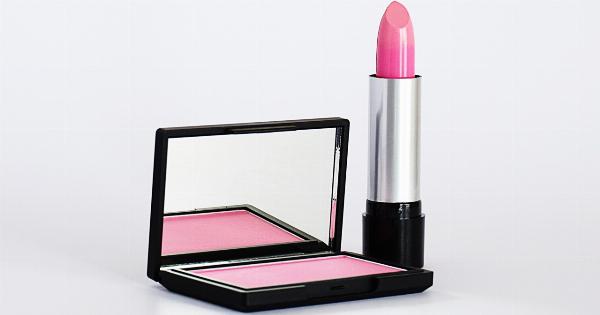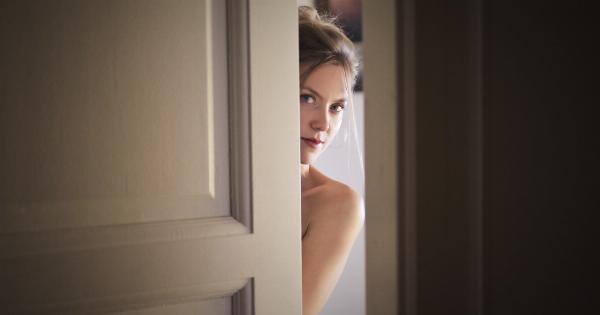For beauty enthusiasts, maintaining a well-stocked cosmetic collection is a common practice. However, it’s essential to remember that cosmetics have expiration dates, and using expired products can potentially harm your skin.
In this article, we will explore the timeline of cosmetic expiration dates and provide tips on how to determine if your favorite products are still safe to use.
1. Foundation
Foundation is a staple in many makeup routines, but it doesn’t last forever. On average, liquid foundation remains usable for about one year from the date of opening, while powder foundation can last up to two years.
Keep in mind that changes in color or texture can indicate degradation and the need for replacement.
2. Mascara
Mascara has one of the shortest lifespans among cosmetics. Due to its liquid consistency and potential exposure to air, it is advised to replace mascara every three to six months.
Using expired mascara can introduce bacteria or cause eye irritation, so be cautious when assessing its condition.
3. Eyeshadow
Eyeshadows come in different formulations, such as powder, cream, or liquid. Powder-based eyeshadows can last up to two years, while creams and liquids have a shelf life of about six to twelve months.
If you notice any changes in smell, texture, or color, it’s time to bid farewell to your old eyeshadows.
4. Eyeliner and Eyebrow Pencil
Similar to eyeshadows, eyeliners and eyebrow pencils can be found in various forms. Pencils typically last up to two years, but if they dry out or become hard to apply, it’s a sign that they are past their prime.
Liquid or gel eyeliners have a shorter lifespan of about six months to one year.
5. Lipstick
Lipsticks are a beloved part of many people’s makeup collections. Most lipsticks can maintain their integrity for up to two years.
However, if your lipstick changes in smell, texture, or develops a strange film, it’s time to toss it and replace it with a new one.
6. Blush and Bronzer
Blushes and bronzers, predominantly in powder form, can last up to two years. However, cream or liquid blushes have a shorter lifespan and are usually safe to use for about six to twelve months.
Keep an eye on any changes, such as drying out or a shift in color, to determine if it’s time to part ways with your favorite cheek products.
7. Concealer
Concealers can vary in their shelf life depending on their formulation. On average, liquid concealers last about one year, while cream concealers have a lifespan of up to two years.
However, if you notice any changes in smell or texture, it’s best to replace them sooner rather than later.
8. Nail Polish
Nail polish can last for several years if stored properly. However, over time, it may become thick, gloopy, or separated. If this occurs, it is advisable to discard the polish and invest in fresh ones.
Properly sealed and stored nail polishes can last up to two years.
9. Skincare Products
Skincare products, including moisturizers, serums, cleansers, and toners, have varying expiration dates. It is crucial to check the labels for specific timelines, as they can differ greatly depending on the ingredients and formulation.
On average, most skincare products remain effective for about six months to one year.
10. Sunscreen
Sunscreen is vital for protecting your skin from harmful UV rays. However, sunscreen can lose its efficacy over time. It is recommended to replace sunscreen every one to two years.
If you notice any changes in smell, texture, or a decrease in sun protection factor (SPF), it’s time to invest in a new bottle.
Conclusion
Being aware of cosmetic expiration dates plays a significant role in maintaining healthy skin and avoiding potential adverse reactions. By regularly checking the condition of your cosmetics, you can ensure the safety and efficacy of your beauty routine.
Remember, when in doubt, it’s better to be safe than sorry and replace your products accordingly.
